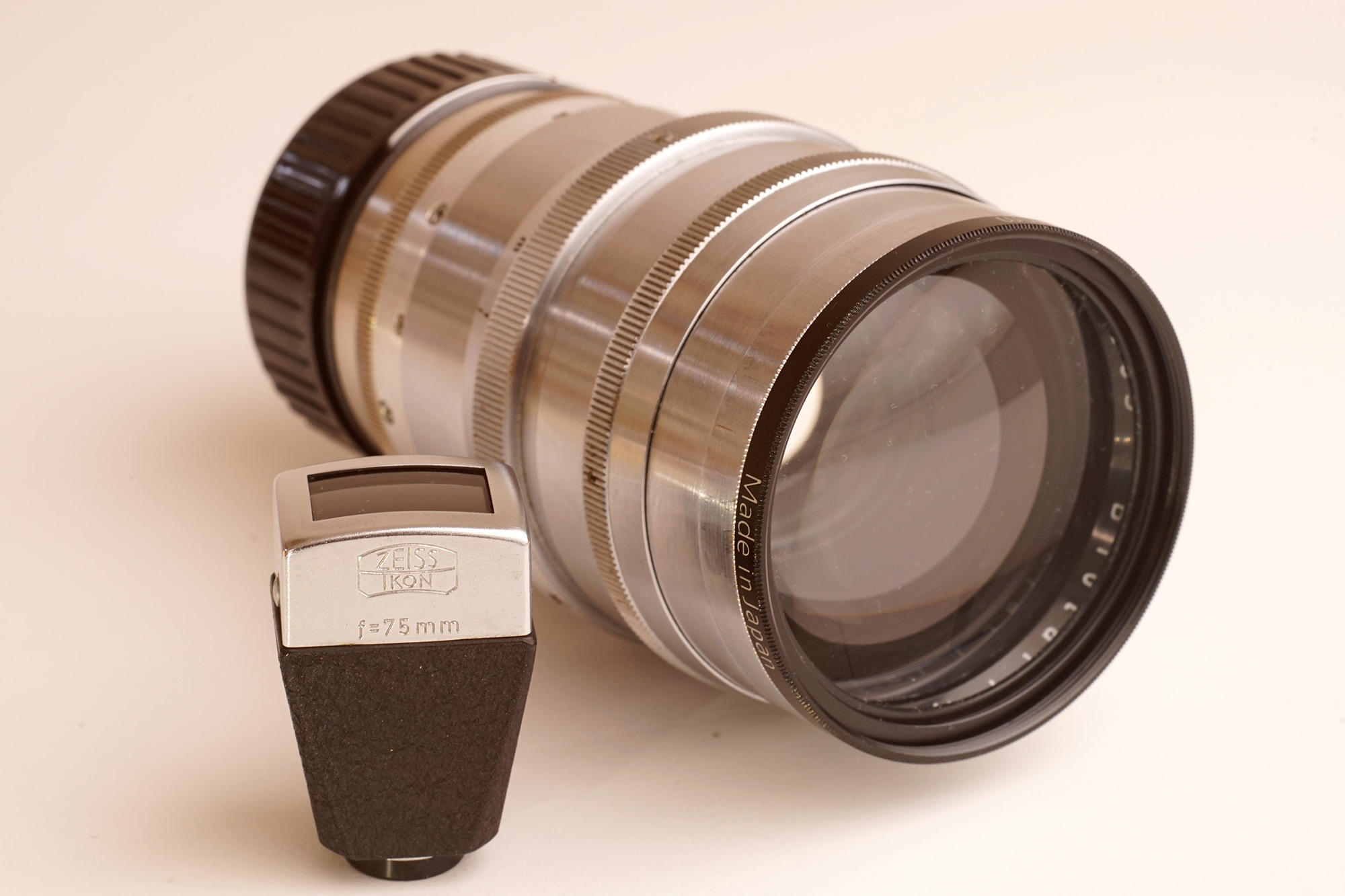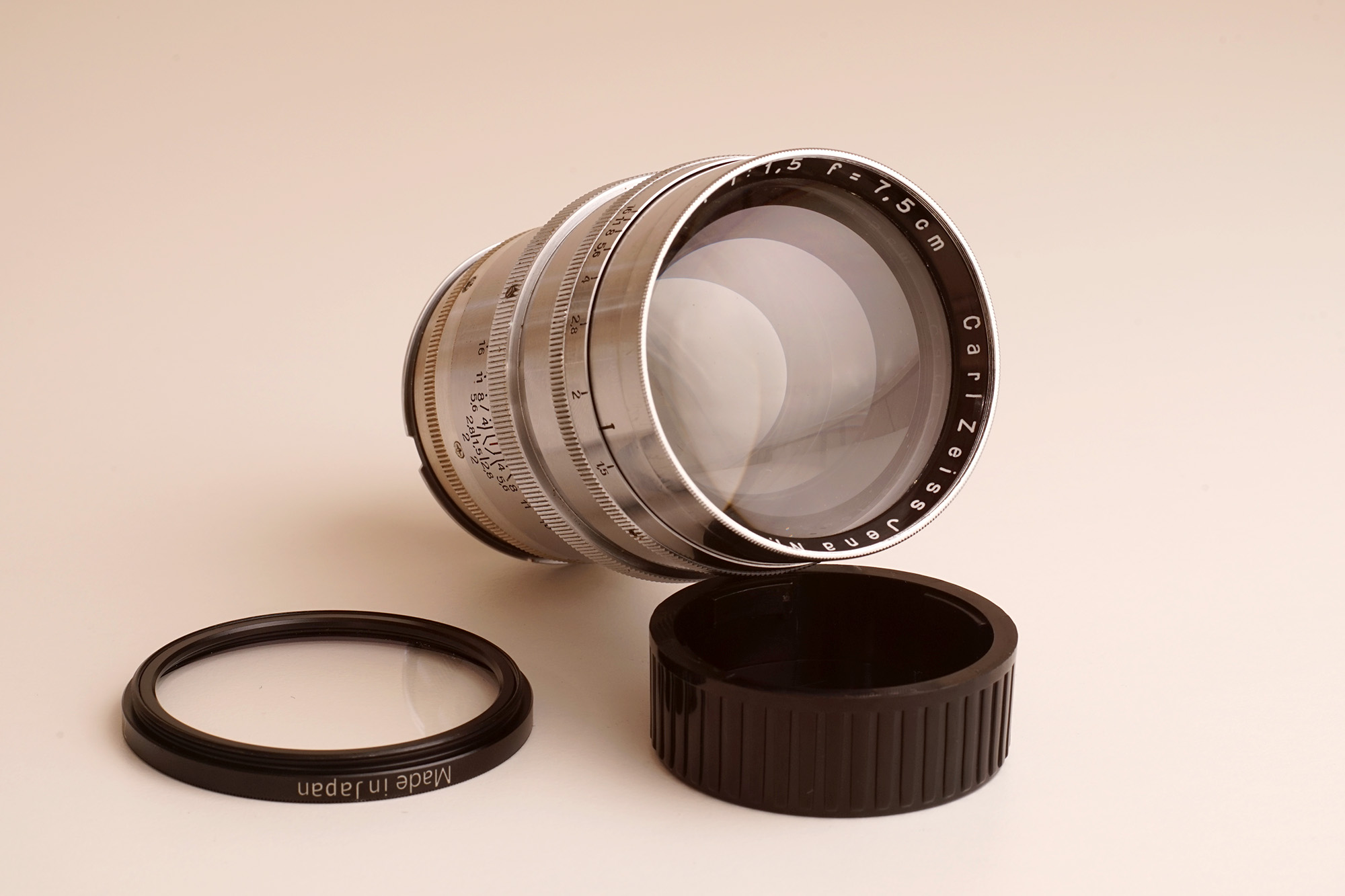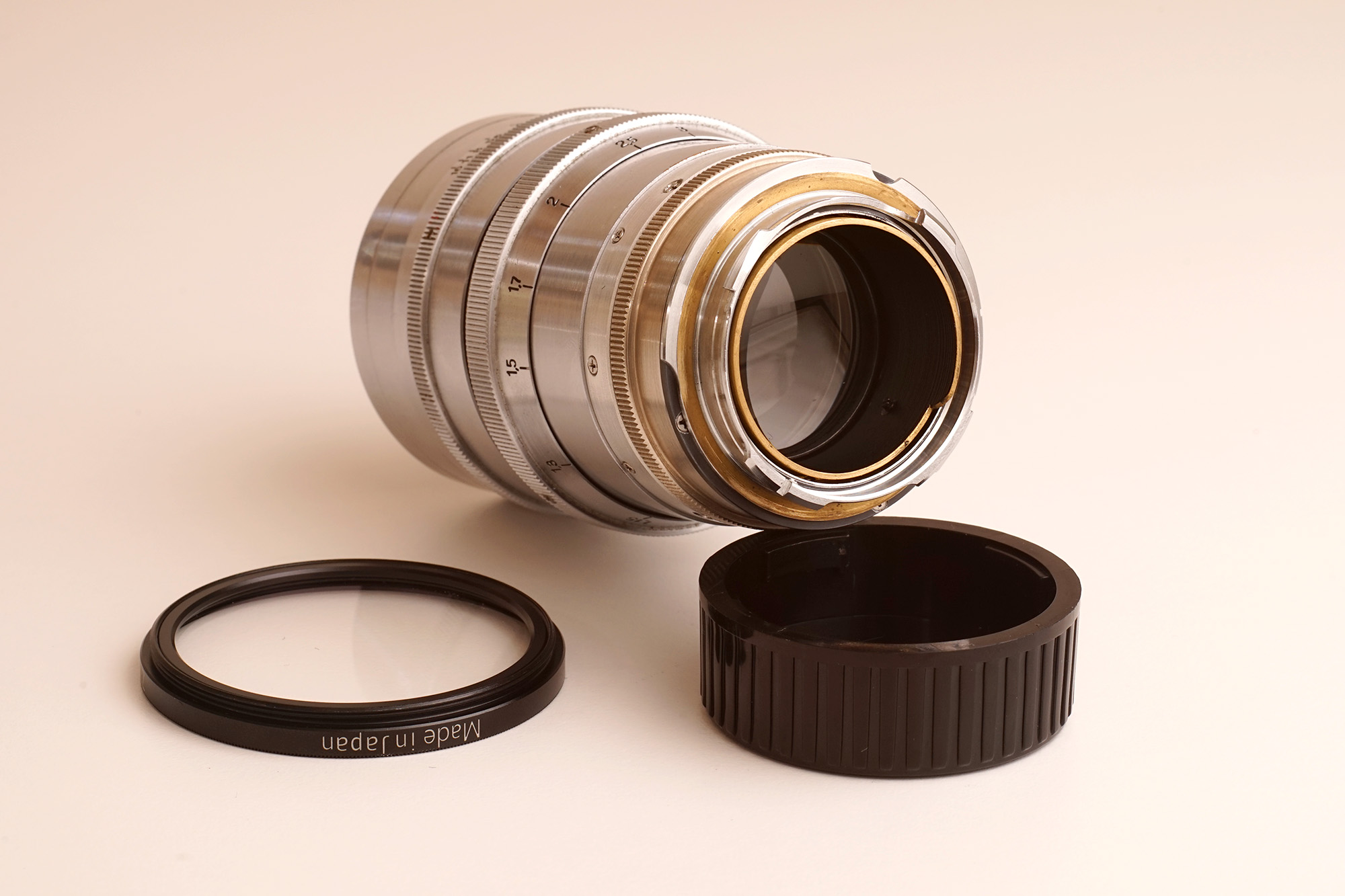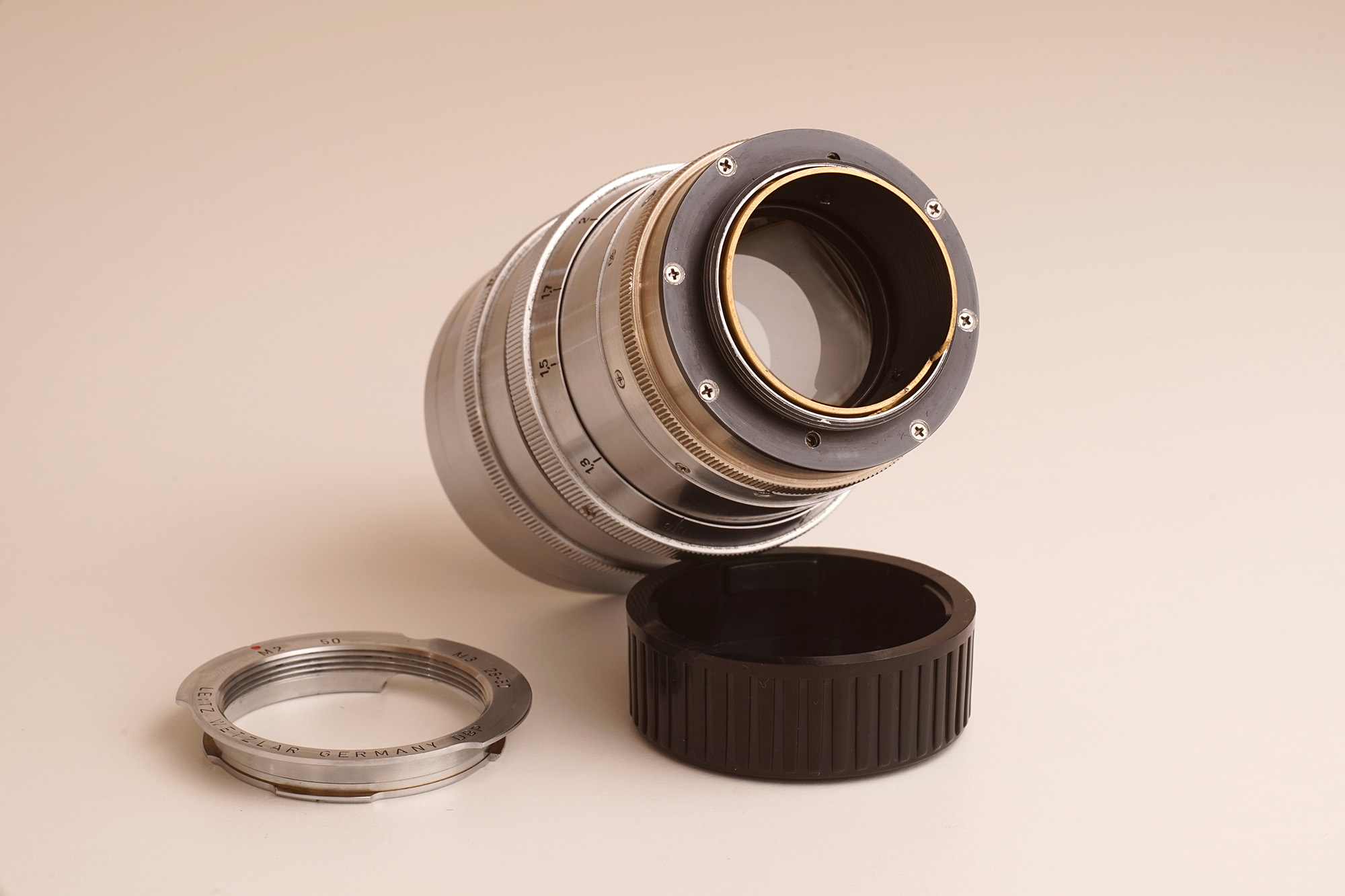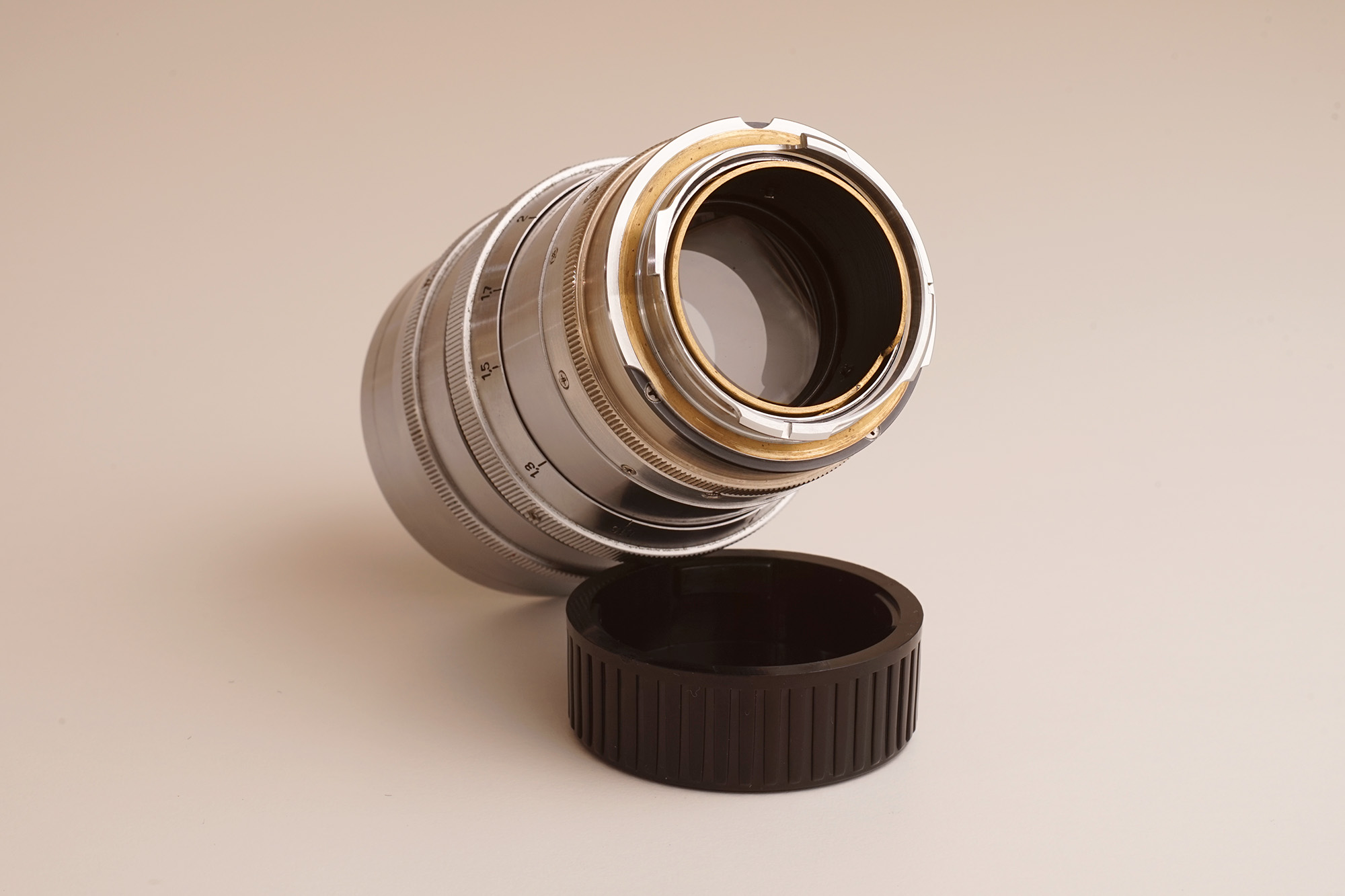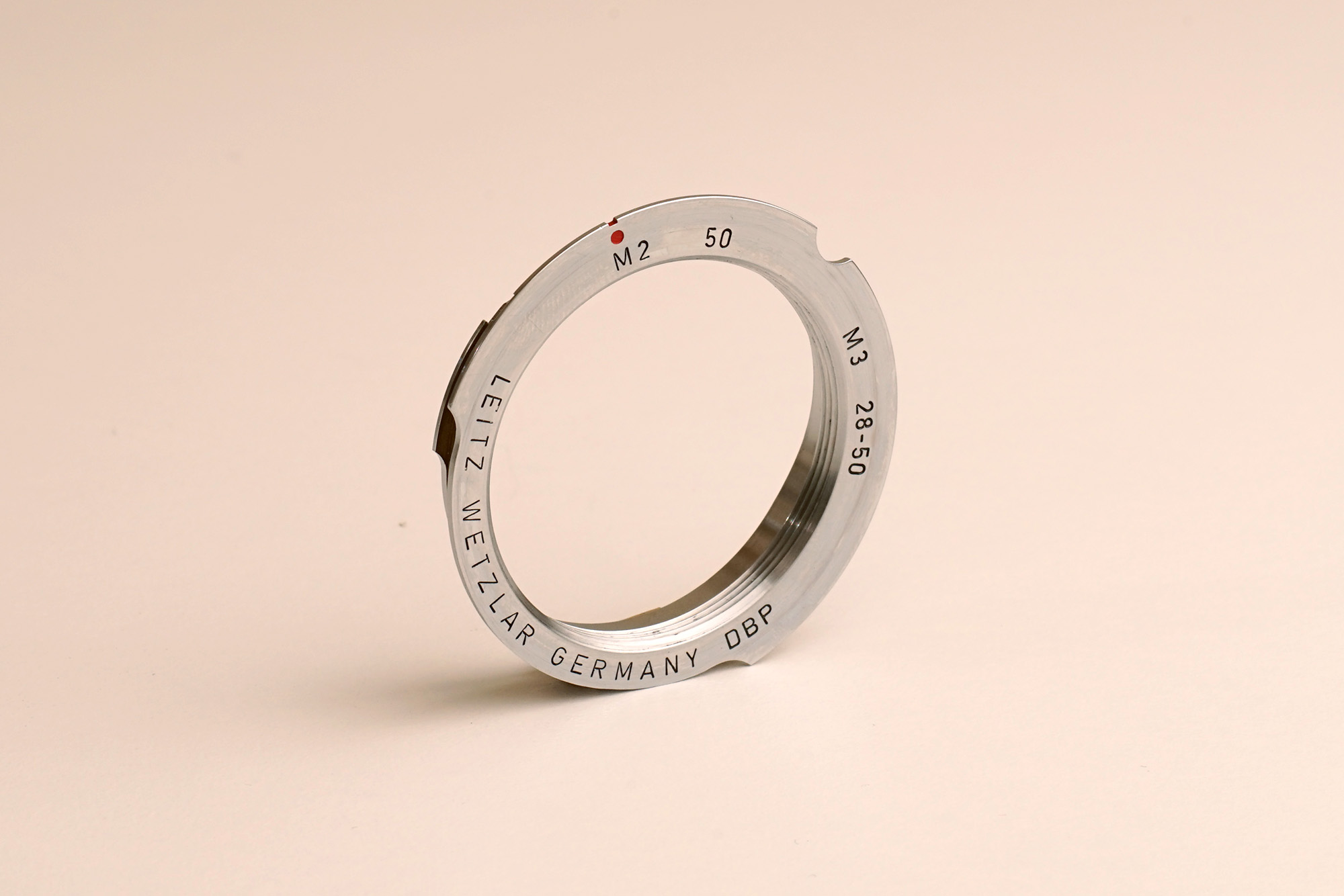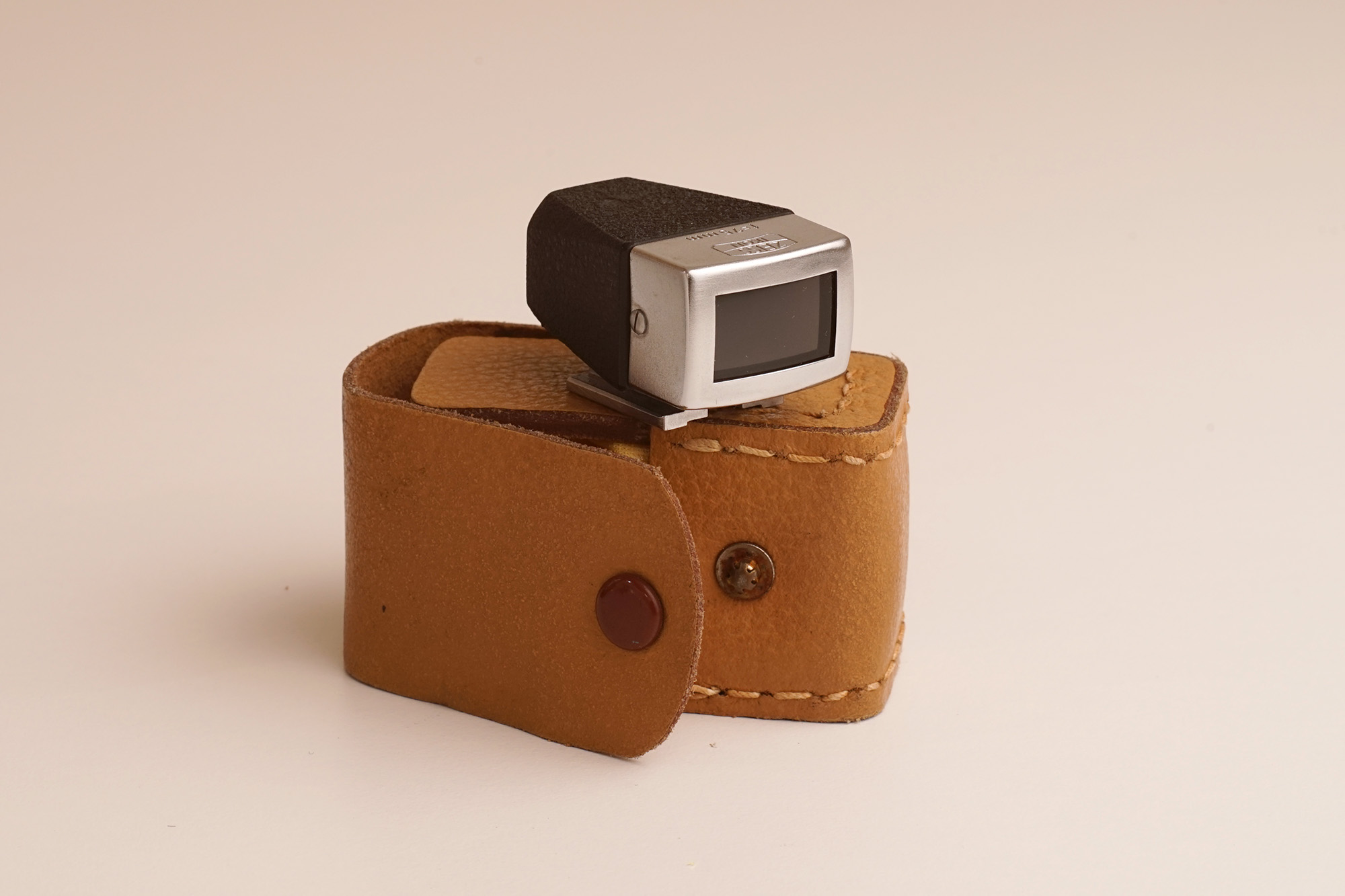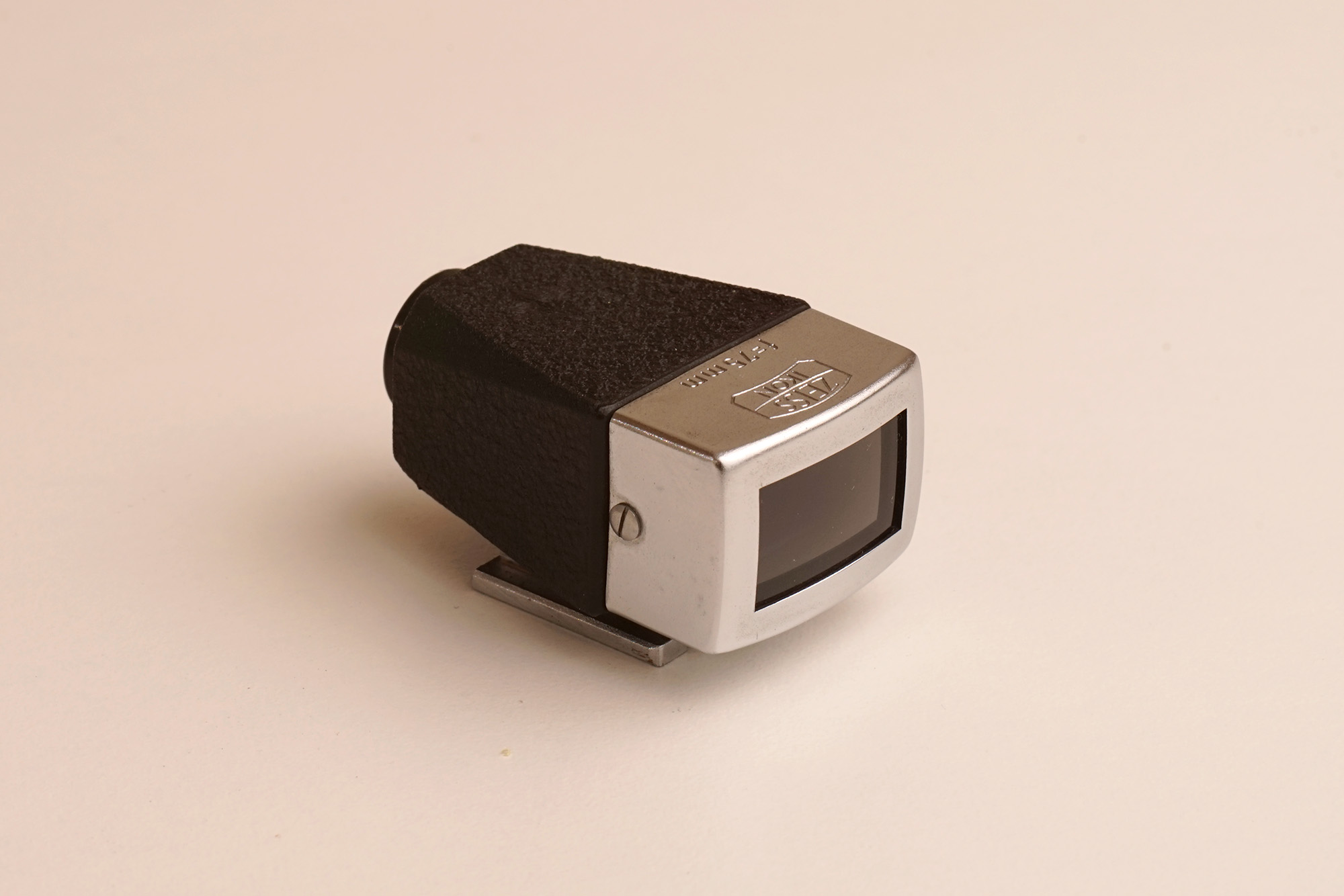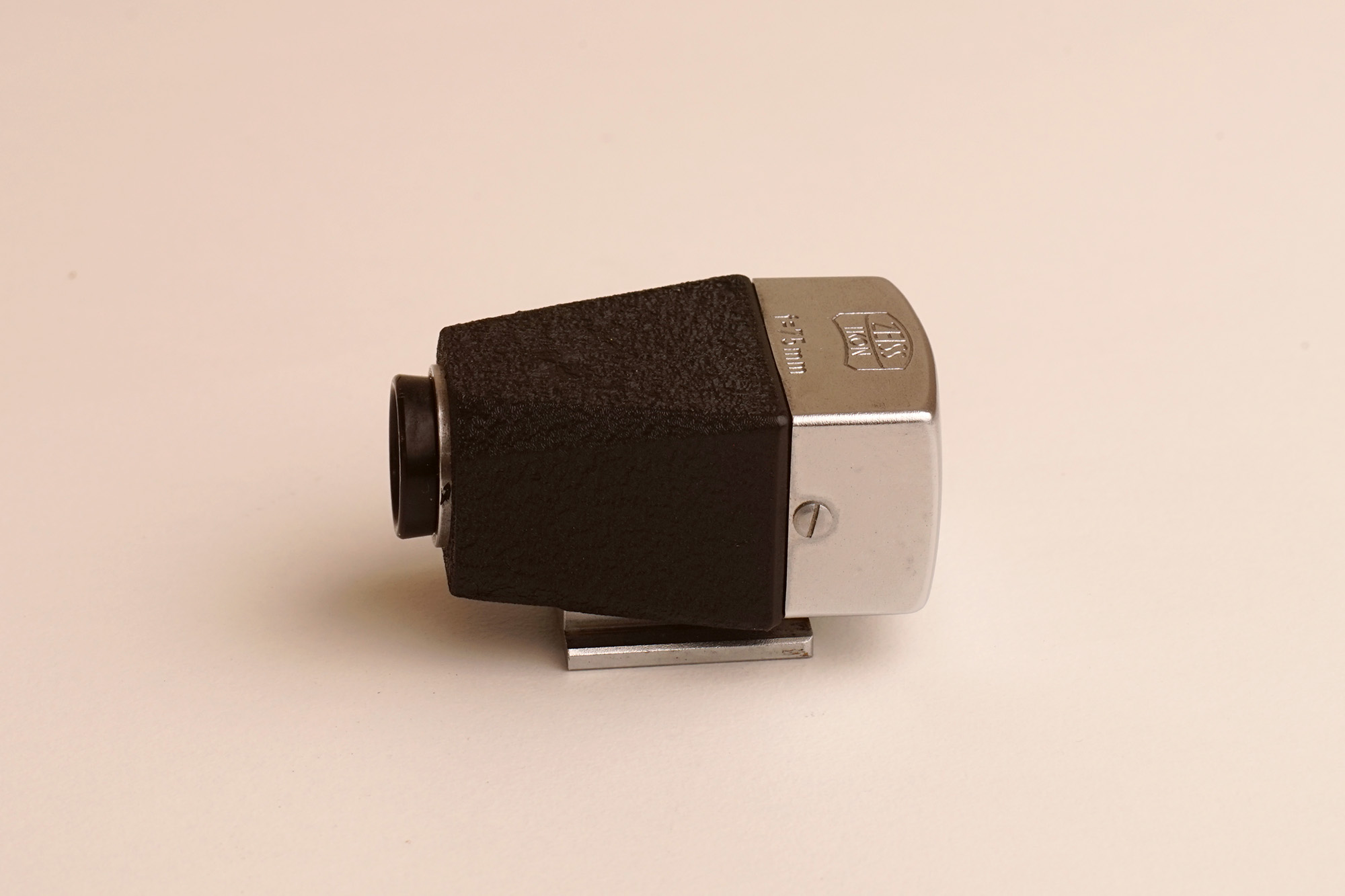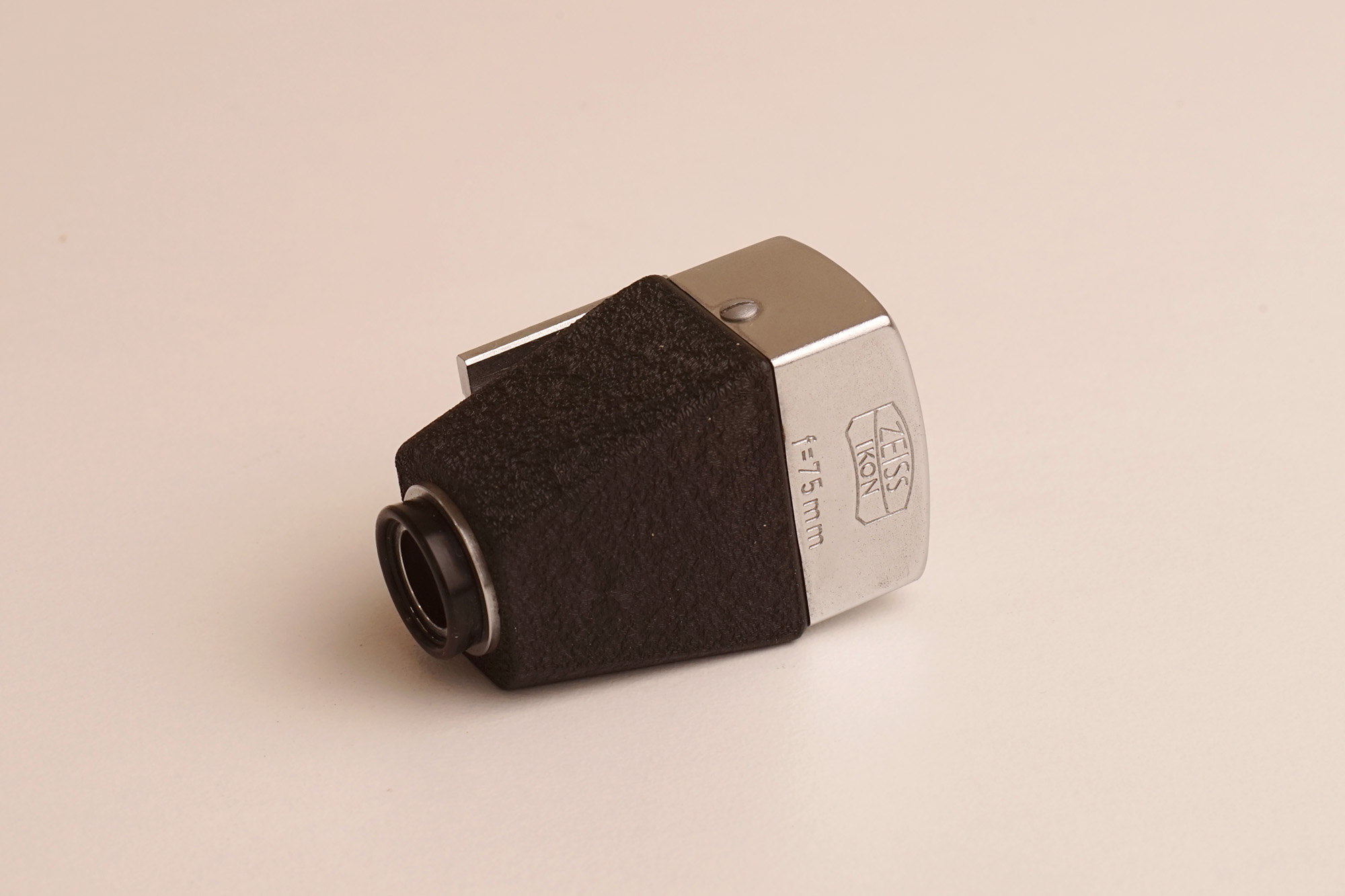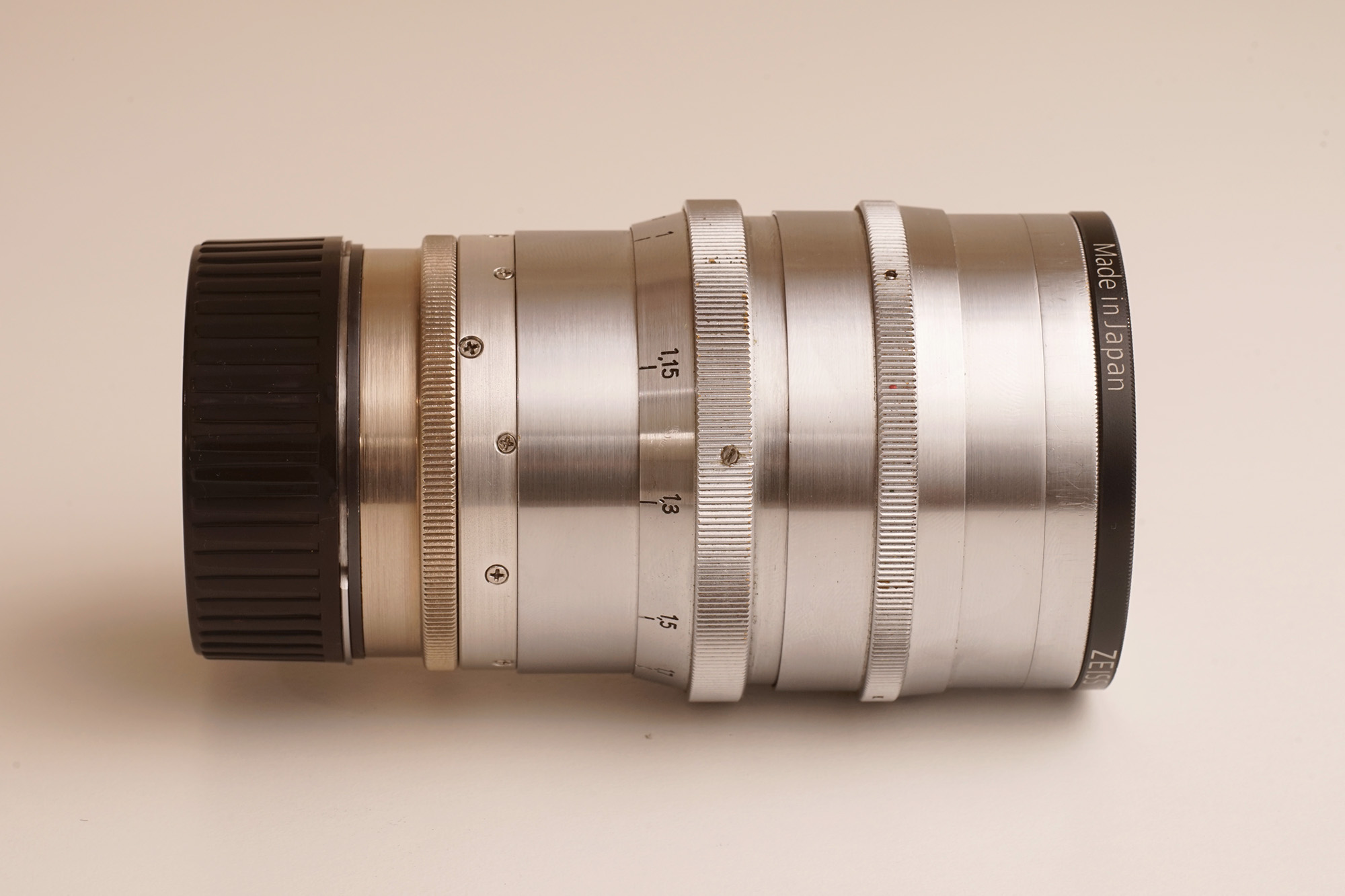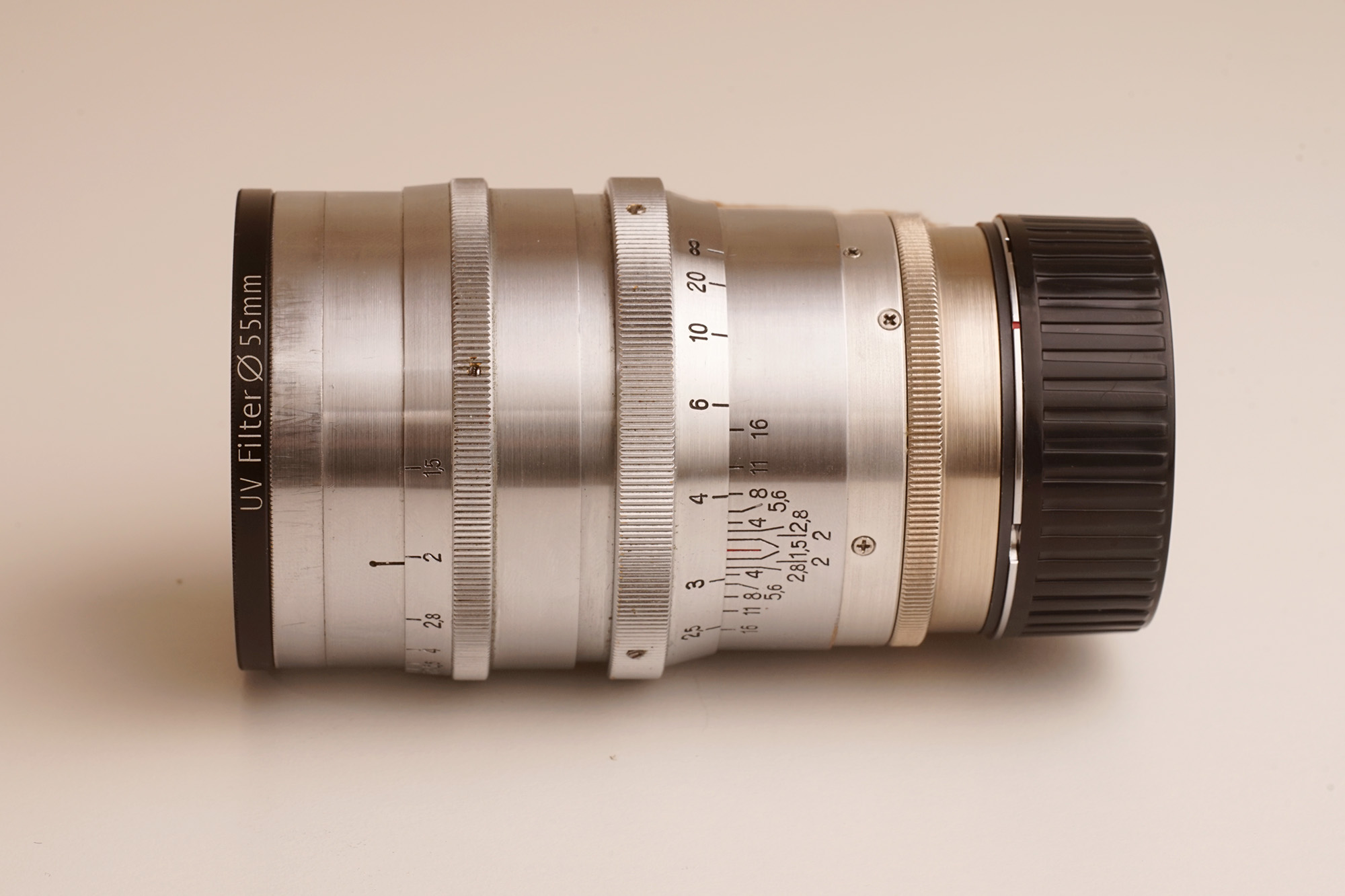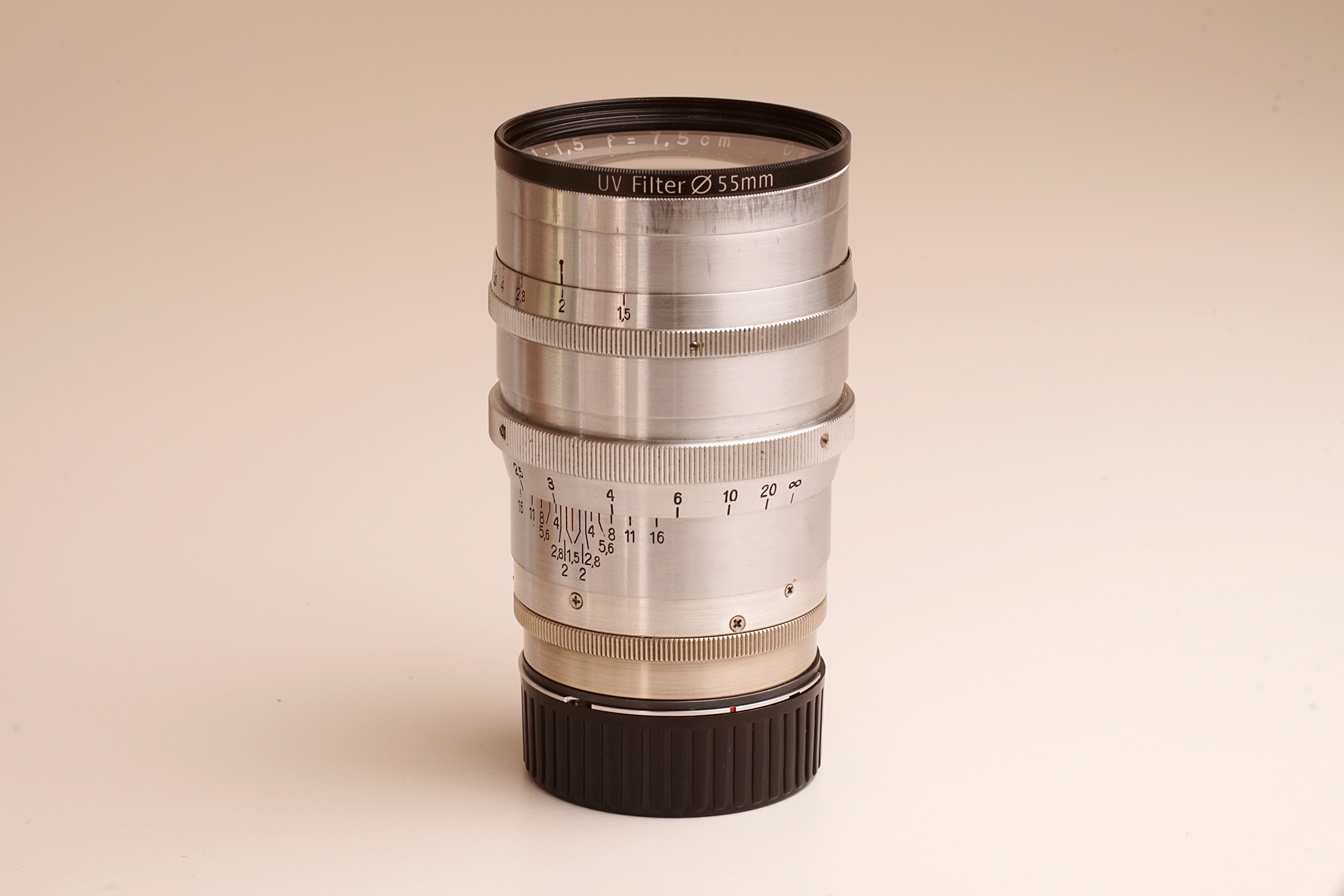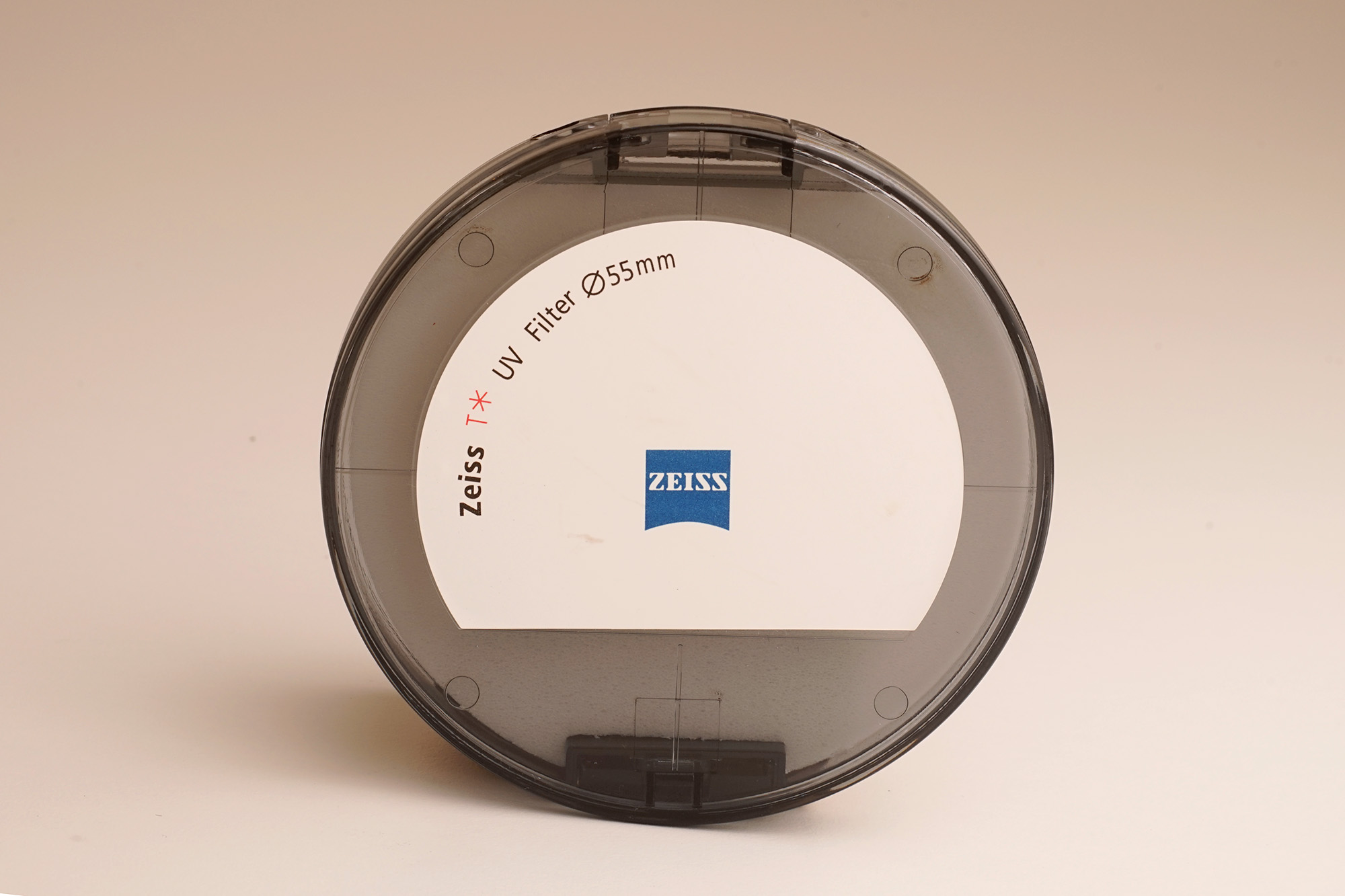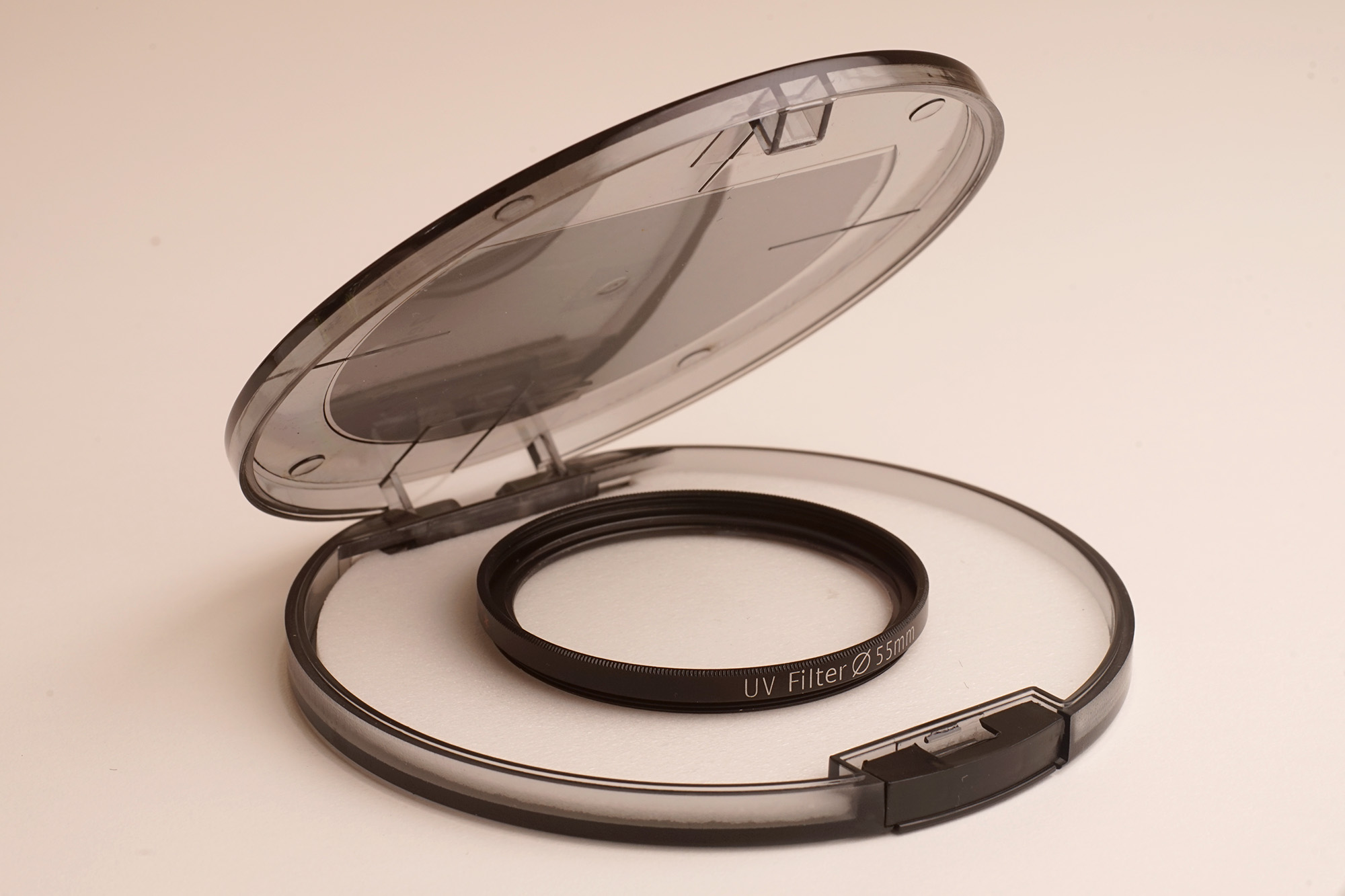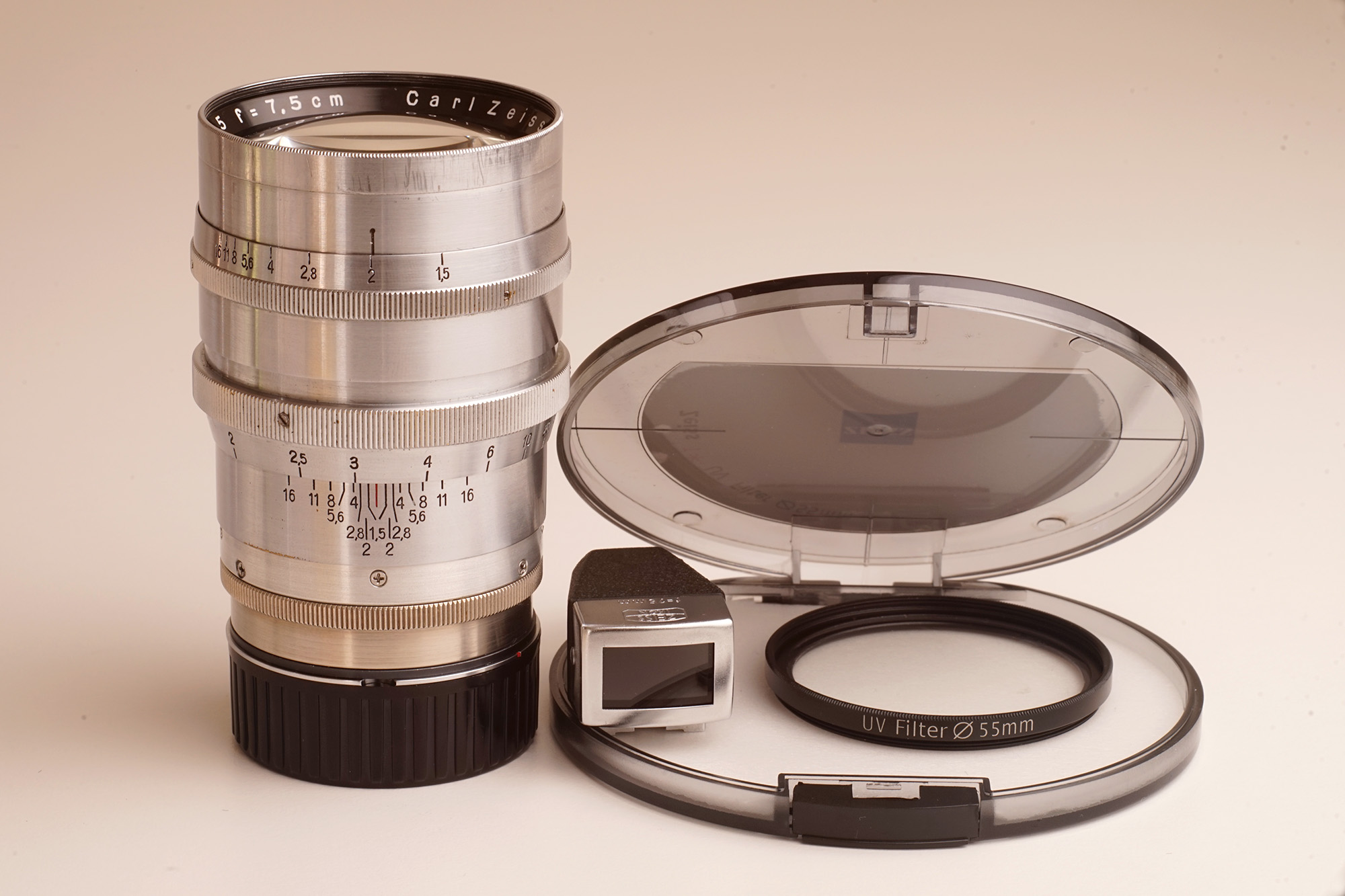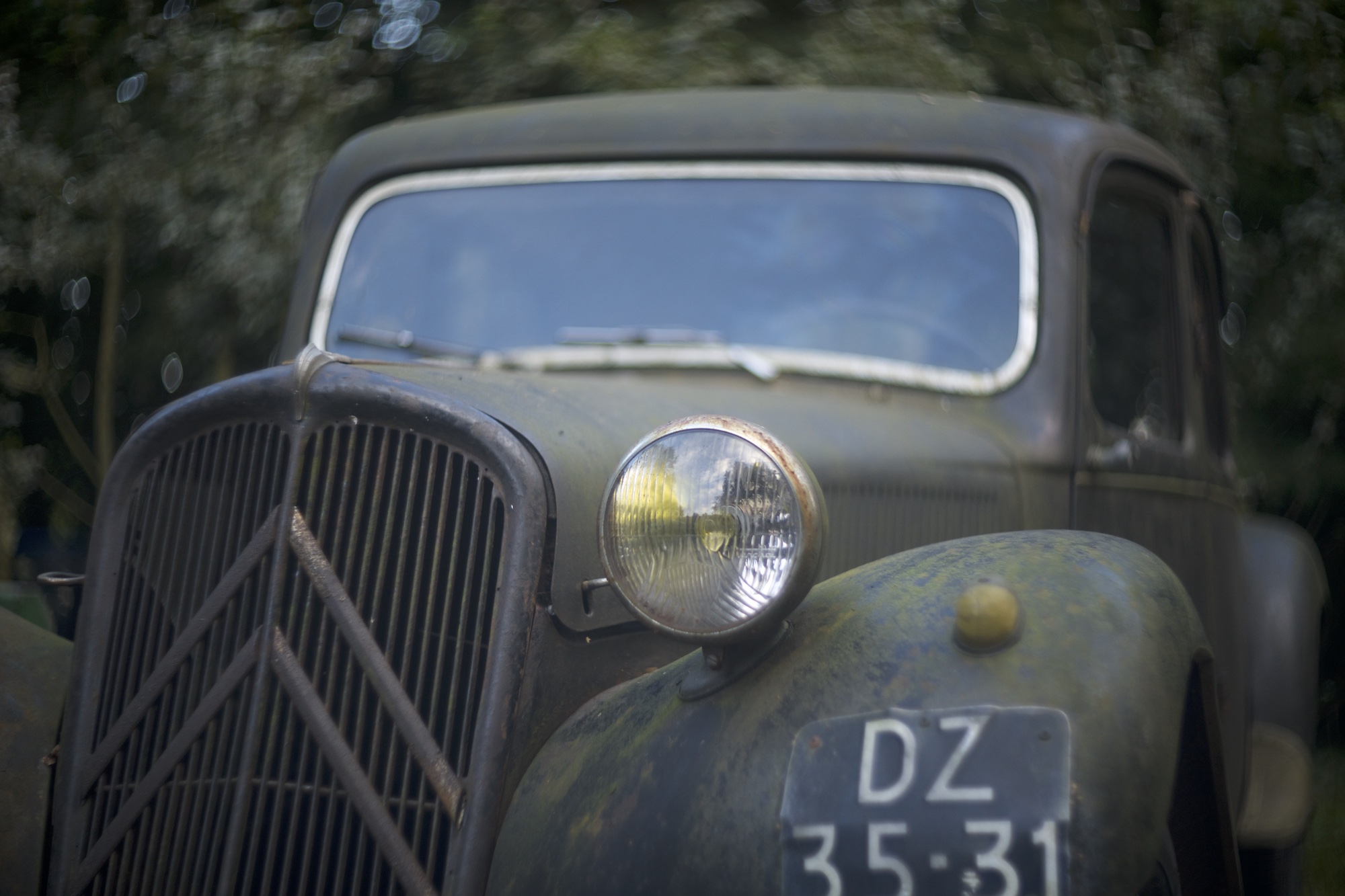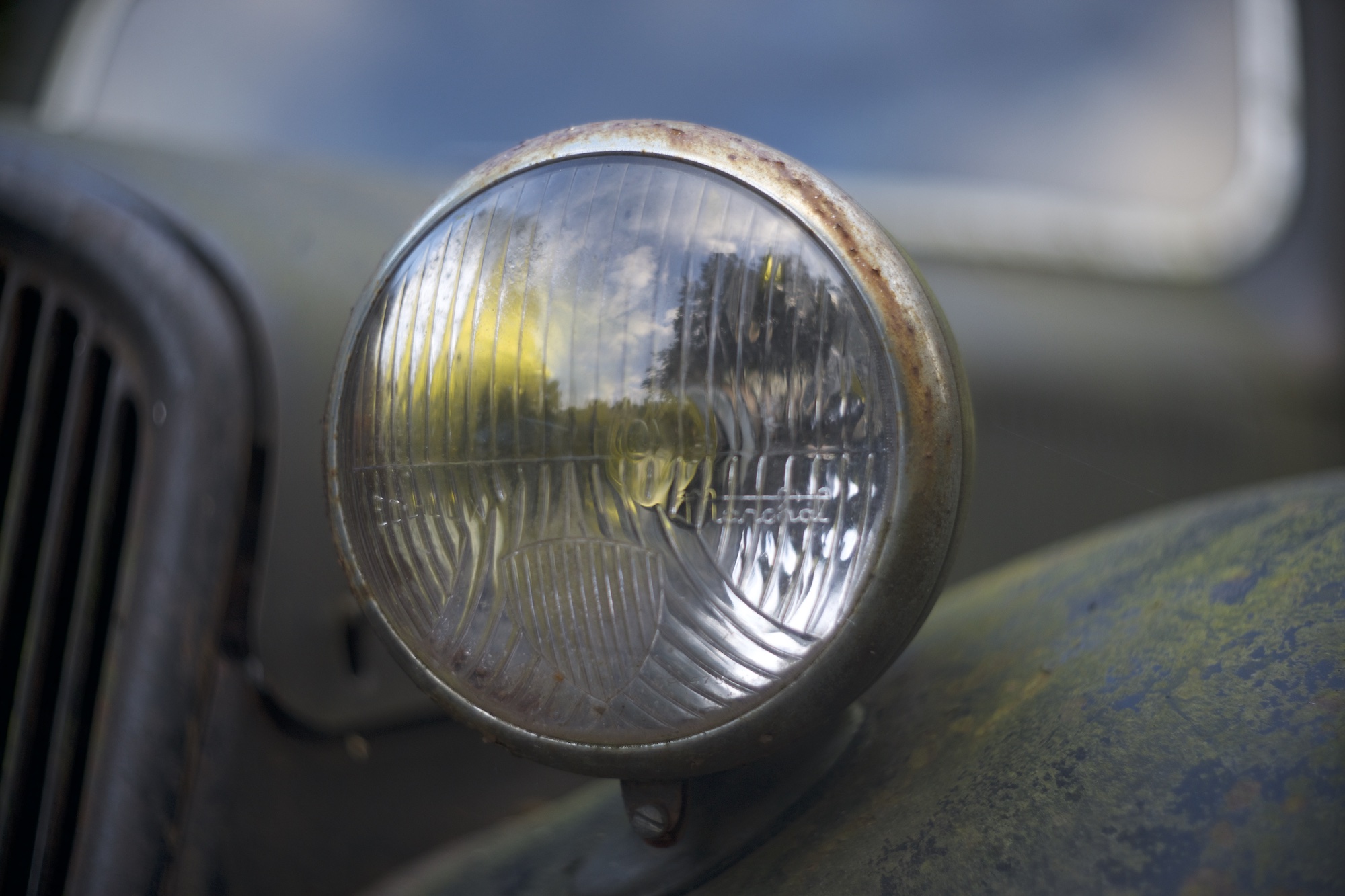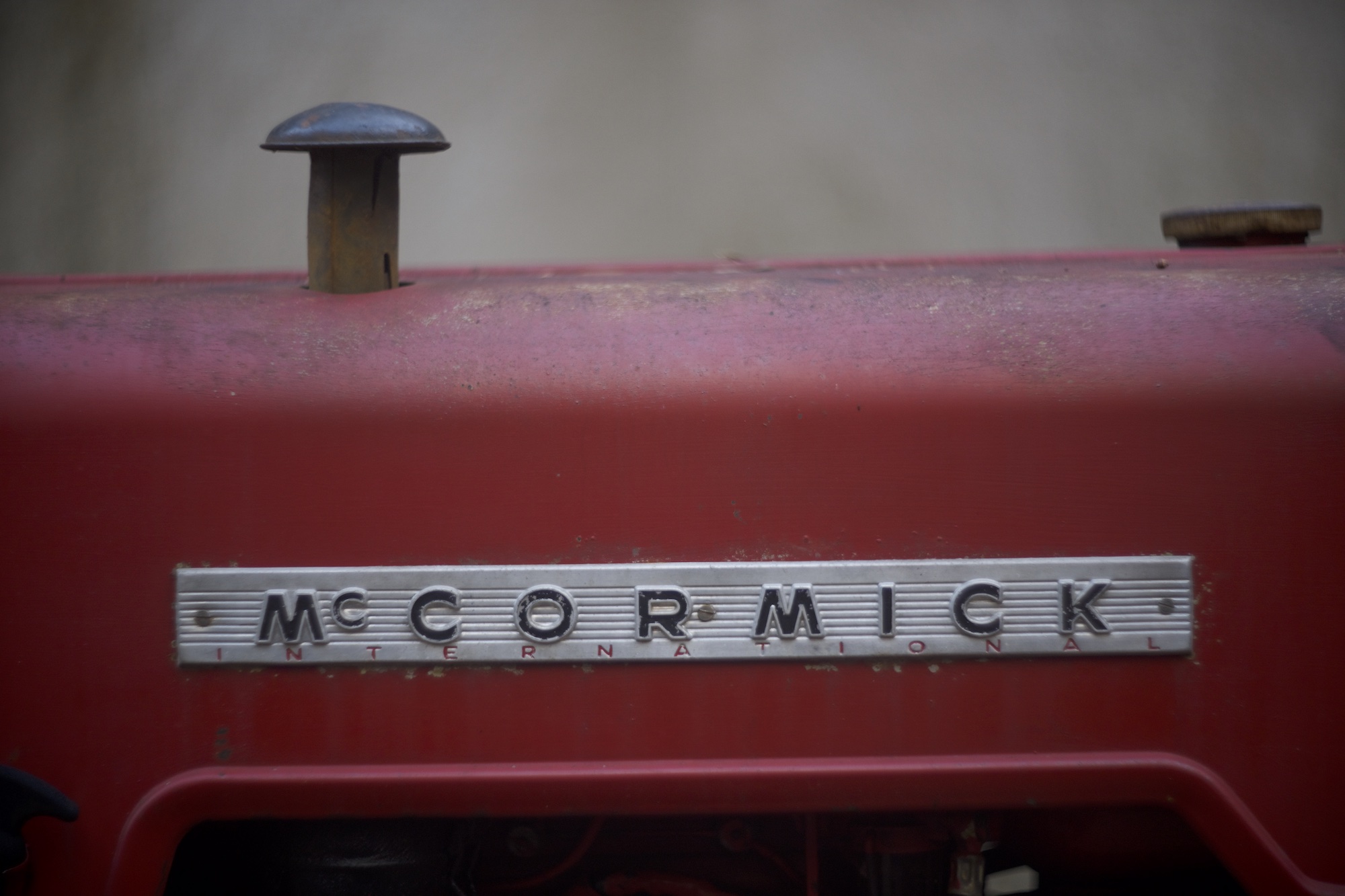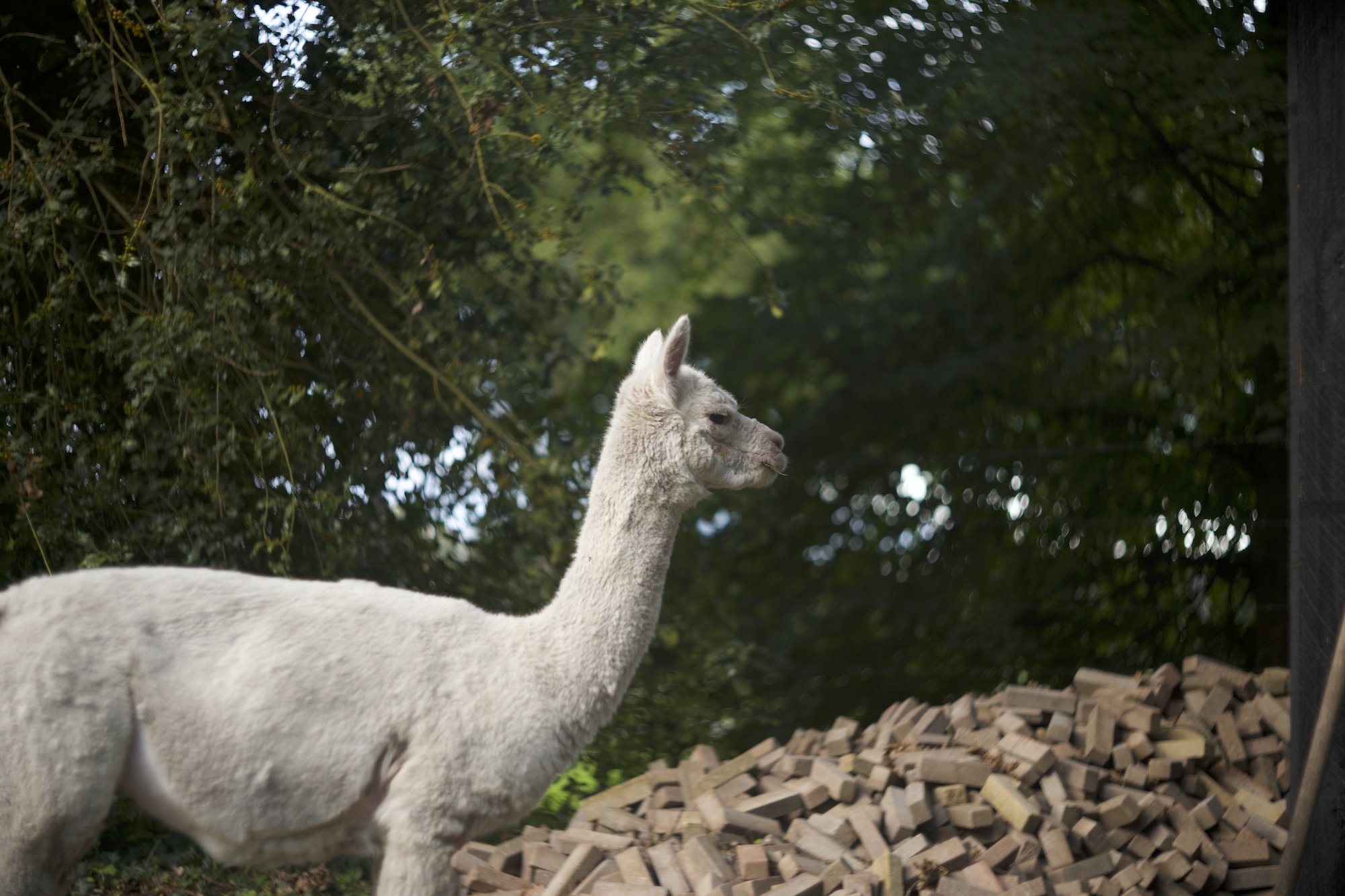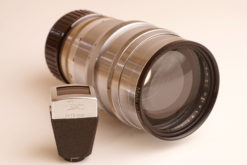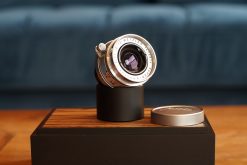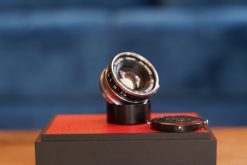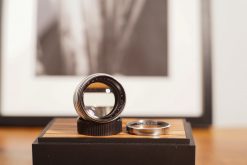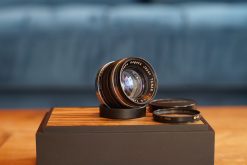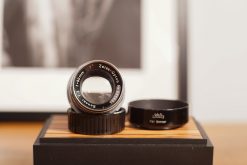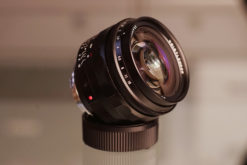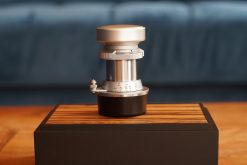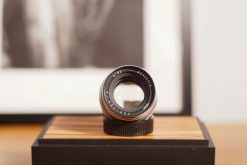Sold out!
Carl Zeiss Jena CZJ Biotar 7.5cm f1.5 LTM (75mm)
€4,500.00
Zeiss Biotar 75mm f1.5 converted to LTM
The legendary Biotar 75mm lens, the original true ‘King of Bokeh’. A lens that was developed in 1939, and was back then an extremely expensive lens, it was one of the fastest lenses available on the market.
This particular example is an extremely early example, most likely the earliest known example in the world.
The serial number is 2529005. According to Thieles Zeiss book and the Zeiss archives, the serial numbers started at 2529000, making this number 6, produced in 1939!
This lens originally came from the factory with an Exakta mount. However, since this is such a special lens, and it’s usability is massively improved by changing the mount, we took the opportunity to have this converted to LTM by Xiaole Ju of Ruhr Lens Worx in Germany.
A new mount was crafted from a solid piece of brass on the lathe, and this has been knurled and nickel coated to blend in with the polished aluminium of the lens barrel itself.
Then the insides were modified to add rangefinder coupling. This works on both LTM & M cameras.
Included with the lens is an original Zeiss 75mm viewfinder that slides into the cold/hotshoe of the camera.
Also is included an original Leica 50mm LTM-M bayonet adapter. This adapter also shows the 75mm framelines on any M camera starting from the M4-P.
Next to that, since the lens is such an early specimen, and thus uncoated, there is a Zeiss T-coated UV filter included with it’s original packaging. This will reduce the flaring of the uncoated optics.
This is your chance to own a truly special and unique lens. Supposedly only 2 (or 3, it’s not entirely clear) lenses were officially made by Zeiss for Leica LTM/M39 fitting, and these rarely come up for sale.
Also this being the earliest known of the production line makes it a true collectors item.
The optics are in amazing condition with no scratches, haze or fungus.
The lens has also been properly calibrated for both film & digital, and is spot on when shot wide open.
See the example photos, these are shot on a Leica M10-P.
Zeiss Biotar 75mm f1.5 converted to LTM
The legendary Biotar 75mm lens, the original true ‘King of Bokeh’. A lens that was developed in 1939, and was back then an extremely expensive lens, it was one of the fastest lenses available on the market.
This particular example is an extremely early example, most likely the earliest known example in the world.
The serial number is 2529005. According to Thieles Zeiss book and the Zeiss archives, the serial numbers started at 2529000, making this number 6, produced in 1939!
This lens originally came from the factory with an Exakta mount. However, since this is such a special lens, and it’s usability is massively improved by changing the mount, we took the opportunity to have this converted to LTM by Xiaole Ju of Ruhr Lens Worx in Germany.
A new mount was crafted from a solid piece of brass on the lathe, and this has been knurled and nickel coated to blend in with the polished aluminium of the lens barrel itself.
Then the insides were modified to add rangefinder coupling. This works on both LTM & M cameras.
Included with the lens is an original Zeiss 75mm viewfinder that slides into the cold/hotshoe of the camera.
Also is included an original Leica 50mm LTM-M bayonet adapter. This adapter also shows the 75mm framelines on any M camera starting from the M4-P.
Next to that, since the lens is such an early specimen, and thus uncoated, there is a Zeiss T-coated UV filter included with it’s original packaging. This will reduce the flaring of the uncoated optics.
This is your chance to own a truly special and unique lens. Supposedly only 2 (or 3, it’s not entirely clear) lenses were officially made by Zeiss for Leica LTM/M39 fitting, and these rarely come up for sale.
Also this being the earliest known of the production line makes it a true collectors item.
The optics are in amazing condition with no scratches, haze or fungus.
The lens has also been properly calibrated for both film & digital, and is spot on when shot wide open.
See the example photos, these are shot on a Leica M10-P.

